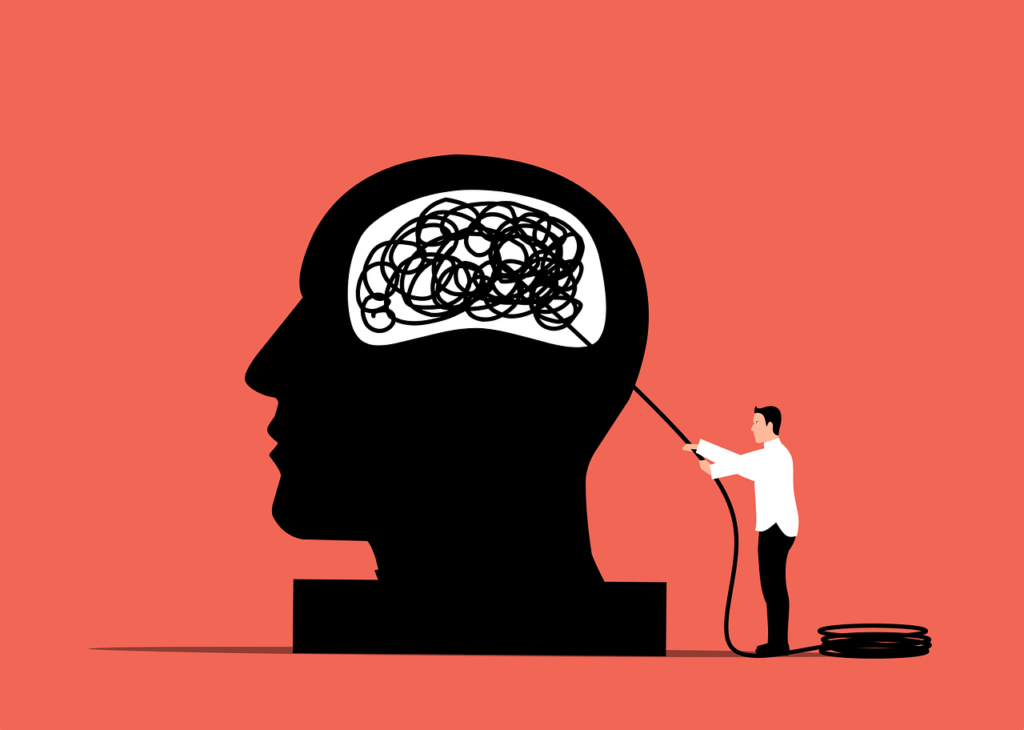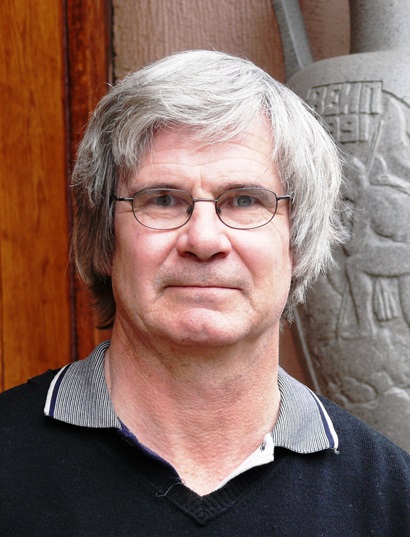
Memory loss, headache, and even heart problems are just a few examples of the side effects that patients report each year after receiving electroconvulsive therapy (ECT). Although side effects, this treatment continues to be widely used around the world to treat mental disorders such as severe depression, affective disorder, and schizophrenia. Sweden has shown to use ECT a lot compared to other EU countries.
ECT is a common treatment for people with severe depression. It works for about 50% of the patients and data shows that 19% develop memory loss after the procedure.
Dr. Sue Cunliff states: “My short-term memory was shot to pieces and I couldn’t remember what I had done or what I needed to do….simple things like from feeding the dog to setting the table to waking up the kids. I couldn’t recognize people’s faces. I got lost everywhere. I couldn’t read. I had lost all my emotions. I felt completely void of any feelings I had”.
Dr. Sue Cunliff was a pediatric registrar until the age of 38 in the UK. Between December 2004 and July 2005, she received two courses of ECT. In total, she was given 21 shocks to help her depression. She suffered brain damage with both permanent and temporary functional changes including to her cognition, motor, and speech. Due to the side effects, she was unable to return as a pediatric registrar. Today she works with other patients that have had similar experience’s to get the help that they need.

While many doctors see ECT as a very successful treatment for severe depression, with roughly a 50% success rate, others disagree “There is no evidence that ECT is more effective than placebo” claims Professor John Read from the University of East London, clinical psychologist, and researcher for the last 20 years in the subject.
Could be given more than 20 times
ECT is a therapy offered to patients suffering from major depression, bipolar disorder, or schizophrenia. NICE (National Institute for Health and Clinical Excellence) guidelines state it should be a last-resort therapy option, when usual treatments, such as medication and psychotherapy, have failed or when the condition is considered to be potentially life-threatening.
ECT is most commonly performed under general anesthesia and muscle relaxants, which is the recommendation by the American Psychiatric Association (APA). Each session involves passing a small, controlled electric current between two metal disks (electrodes) applied to the surface of the scalp or temple. The current passes through the electrodes and stimulates the brain, causing a controlled seizure that usually lasts 20 to 90 seconds. The treatments are usually given 2-3 times a week and some people need more than 20 treatments.
Overall, most clinics in Europe present ECT as a “safe option with a few side effects”. Patients are told that side effects such as memory loss is temporary and will return within 2-6 months.
There are two types of memory loss that are commonly experienced by patients. One is the inability to remember things that have already occurred called “retrograde amnesia”, and the other is the ability to remember new things, referred to as “anterograde memory”.
Several patients, we have talked to shared their experiences of their ECT treatments.
Although most EU countries practice ECT, some countries have banned the practice, for example, Luxembourg and Slovenia. In the US, some states like New York, California, and Texas have stricter rules regarding ECT and the way the treatment is given.
The use of ECT in the world varies greatly between countries and continents, including which age group and gender receive the treatment. For example, in Africa, the majority of ECT patients (71%) are 17-37 year old men. While in the US, it is mainly middle-aged women (66-79%) with private insurance.
Statistical data show that the majority of ECT patients in Western countries are “older women with depression” compared to “younger men with schizophrenia” in Asian countries (90%).

Robert Sigström, psychiatrist and researcher on the subject of ECT, works at the psychiatry for the elderly at Sahlgrenska Hospital in Gothenburg, Sweden. Where he is the one deciding on who gets ECT treatment and why. He states that ECT is the treatment that is most commonly used for severe depression and that older people have better results than younger patients. “We don’t really know why this is the case, but one explanation is that older people have more often the type of depression that responds best to ECT.”
Sigström states that there is no indication that ECT causes brain damage. He points to several studies that found that there is “no convincing evidence” to suggest that patients get dementia or cognitive disease from the treatments. He firmly believes that ECT works “there is no doubt in my mind that it is a very effective treatment for the right indication”
Sigström also acknowledges that the biggest problem with ECT is the memory loss. “The physical risks with the treatment are incredibly low today, it is the cognitive side effects that are being reduced as much as possible.
He also states that it is the hardest part to treat. “What people experience as unpleasant is that you feel that your memory has become worse and that is the autobiographical memory. These things are more difficult to research because it is very difficult to measure.”
Sweden is one of the countries in the European Union that uses ECT the most, with nearly 3,233 people having undergone the treatment in 2021. Data from the National Quality Register shows that only 40% in Sweden feel symptom-free from their depression after having about 2-3 treatments per week for sometimes up to 25 treatments. And 19% not ending up getting their memory back after 6 months.
The alternative to ECT
Repeated transcranial magnetic stimulation (rTMS) is another method of brain stimulation. It has developed as an alternative to ECT for the treatment of patients with major depression. It is a non-invasive technique that consists of applying magnetic pulses to the cortex through the skull in a pain-free process.
It is considered a safer procedure because it does not induce brain seizures, which ECT does. There are fewer side effects with rTMS because the treatments do not require sedation. Professor Read states “It’s probably safer because it’s not gonna cause brain damage. But it does not address the cause of the problem.”
Professor Read continuous by saying that none of these treatments are a solution. “You shouldn’t treat the brain as an old battery that needs to restart. Thats why me and many others work so hard to implement harder regulations. But if I got to decide I would ban all these treatment and work on the real issue, the depression itself.”
Sigström disagrees “In my opinion, it’s not as good as ECT if you compare the treatments” however he does believe that rTMS could be used more often in Sweden.
Sigström continues by saying “The most important thing when it comes to balancing the effect against side effects is to try to select the right patients for ECT. What you absolutely do not want is to have a patient who has not gotten better but thinks they have gotten a lot of side effects.”
Sigström states that the problem is the complexity of the brain. “There is a lot we don´t know about how the brain works as we can´t measure everything, so I certainly don´t want to dismiss these people who tell us this, but rather the question is how we should understand this.”
Facts about ECT:
Invented by the Italians Hugo Cerletti and Lucio Bini at the end of the 1930s, the electroconvulsive method was a major development in psychiatric therapy. Until that point, a biomedical concoction had been used to induce seizures in the brain. This was replaced in the 1940s with electroconvulsive therapy, considered safer. However, it was given without any anesthesia so the person was awake when the electric current was switched on. This type of treatment is called “unmodified” and it also does not include muscle relaxant to prevent injuries from the spasms.
DATA GATHERING
The data used for the statistics on Sweden comes from The National Quality Register. All health units in the country can enter information in the quality register that is relevant to their patients’ diagnoses or problems. The raw data comes from “Vården i siffror”. Vården i siffror draws data from several sources, such as a quality register or a regional source. Most of the indicators come from the quality registers and other sources via an automated transfer based on a common standard. The data is gathered every year when a new report comes out.
The data used for the country comparison comes from a German scientific medical association called the DGPPN. They compare the use of ECT in different countries. All the data for the different countries were checked and compared to different scientific articles on pubmed.gov where they look more closely at each country. The data is collected by different researchers and scientists. They did surveys at hospitals that provide ECT in the country in question.
Anne Ruth den Hertog
Angèle Duplouy
Beata Furstenberg
Ella Daneshmand
